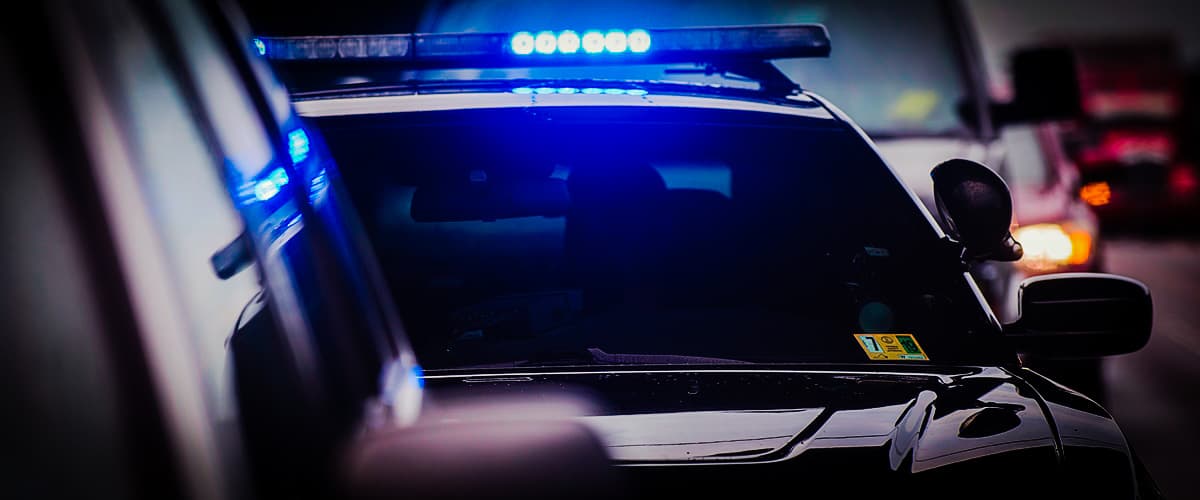For many years, pistol training and qualification consisted of standing a designated distance away from a static target and placing sufficient rounds in the center to result in a qualifying score. Combat shooting began in the United States in the 1950’s and redeveloped in the mid to late 1970’s. Combat courses were designed to further prepare police officers and military personnel for realistic situations likely to be encountered in the field, requiring them to shoot at moving targets from behind cover under stressful circumstances. This type of training has evolved considerably over the years and has become the standard for many agencies that have seen the clear benefits of such training.
When my career began as a police canine handler in 1995, there were several longstanding police K9 organizations that offered certification for K9 teams. These organizations offered standardized and inflexible testing procedures that were designed to test the abilities of the police dog in identical routines and environments. As each certification was exactly the same, I traveled to a number of local and regional trials to see what the testing criteria entailed and to figure out an approach to ensure myself a passing grade. I had the fortune of training alongside a number of older, experienced handlers who had been through these testing procedures and were able to guide me in a prosperous direction. They showed me how to train for the trials in order to ensure a passing standard. So, for several months, I worked diligently to train for certification and headed off to the next available trial. As a result, passing the certification was a breeze.
With further experience over the following years, my skills improved and my training philosophies evolved. I came to the realization that I would routinely train to accomplish certification and then once my canine’s standard was met, I would be compelled to “undo” the training that took place in order to guarantee that my patrol dog was actually ready for the street. For decades, I have heard numerous handlers complain about this process of training for certification and later having to make fundamental changes to their training program to ensure that their dog is again “street worthy”. This practice has raised many questions in my mind, including, “Why doesn’t training and certification mimic what you are expected to do in the field each day?” and “Why should you have to train for certification and then undo that training to make your dog ready for the street again?”
Why Choose Scenario-based Training for Police K9 Teams
We have seen pistol training and qualification evolve to ensure that officers are better capable of making sound decisions and performing at higher levels in stressful situations. Unfortunately, this evolution has not “caught on” as predominantly in the K9 community. Much like setting up an effective combat course, scenario-based police K9 training requires some aforethought and resources. However, the results of this type of training and certification are unbeatable. Scenario-based police K9 training and certification should be established in a way that handlers have difficulty in determining whether the situation presented to them is real or a training exercise. We even go so far as to have the handlers wear their full uniform and equipment while responding to these situations in their assigned patrol car.
Effectively established scenario-based training during an initial handler school is likely the most critical component for establishing successful K9 teams. This type of training allows new handlers the opportunity to see their dogs in real-life scenarios and work through any problems with the assistance of a professional instructor. Scenario-based training allows new handlers the opportunity to shorten their “rookie season” and gives them more confidence when deploying their dogs in the field.
Frequently, we find it advantageous to video these training exercises from a variety of angles and use it during a debriefing of the scenario with the handler. This gives the handler the opportunity to view their performance as well as the performance of their dog from a different perspective. Additionally, having these handlers explain the events as they observed them greatly assists them in record keeping and report writing as well as preparing them to articulate similar scenarios during courtroom testimony.
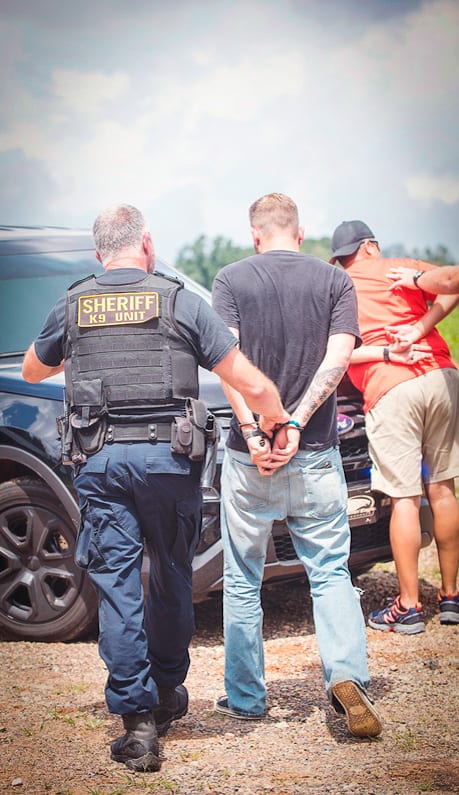
Experienced K9 handlers can also benefit from scenario-based training programs. Far too often, handlers become complacent in both their training and their work. They often train in the same locations performing the same training exercises which are set up to ensure the dog is successful. This type of neglect in training can be deadly. Scenario-based training ensures handlers have ample opportunities to hone their skills while facing challenges that will help them improve. More importantly, this type of training and certification will reveal deficits and areas which need improvement thereby providing handlers with a constructive guideline for future training programs.
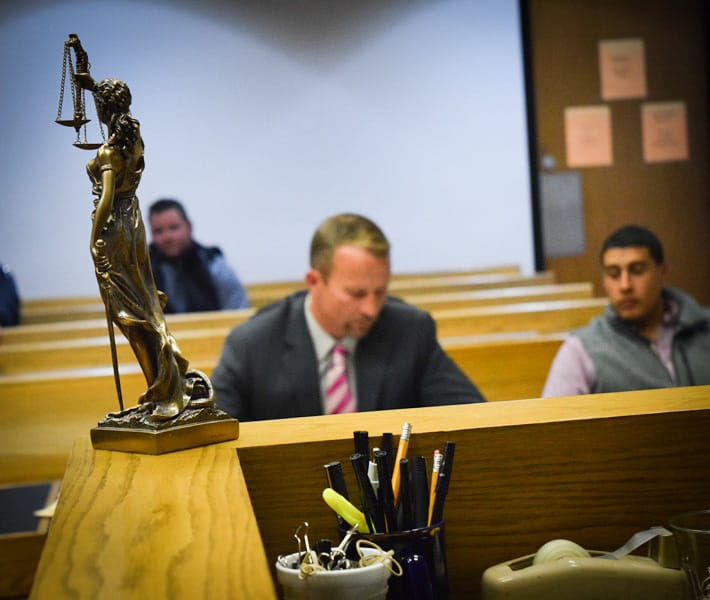
Defense attorneys are diligently working to improve on their abilities to defend K9 related cases in court. Many of them are attending training courses and seminars to learn how to better represent these cases. With many organizations and agencies holding on to formatted and routine certification standards, many of them for more than 30 years, it increases the odds that defense attorneys become more comfortable with methods of challenging it. With this in mind, scenario-based training and certification also tenders more validity for handlers when testifying in court cases. Handlers on the witness stand will be far more comfortable explaining their actions and the deployment of their dog when they have experienced similar situations in training. When a K9 team routinely performs scenario- based training that constantly challenges their abilities in real world environments, it makes it far easier to demonstrate in court how the events surrounding the case were a “walk in the park” compared to what the team faces in training.
Effective scenario-based training will allow the handler to KNOW how the dog will respond to certainsituations instead of experiencing the uncertainty of not KNOWING.
Scenario-based Police K9 Training in Detection
Agencies who establish detection problems utilizing scenario-based training experience endless benefits. Many certification standards detail how many areas are to be searched, how many hides will need to be located and some even go so far as to describe the type, packaging and the minimum or maximum height or depth to be concealed. At what point does this ever happen in the field? Many handlers conduct weekly detection training at a local lot where there is an abundance of old cars scattered around. They place a training aid or two, letting them set for some period of time and then simply run their dog through its paces. This is vastly different from working a car that contains odor that has moved some distance down the road. Are you legally justified in allowing your dog to sniff the car?
What happens if the car is full of mouthy occupants? How does your dog respond if the occupants are removed, handcuffed and placed beside the roadway? What happens if the training aid is well concealed? How does the team respond if the problem is blank and there is no odor to find? These are all questions that will be answered with scenario-based training.
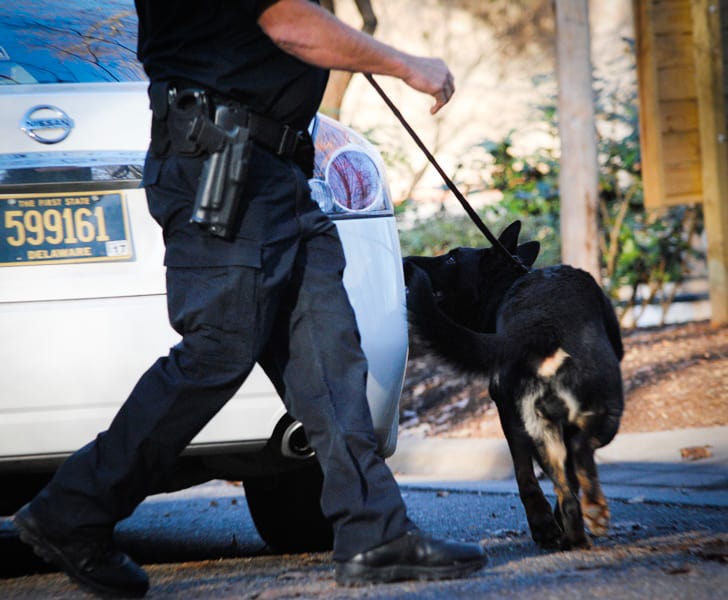
Scenario-based Police K9 Training in Trailing
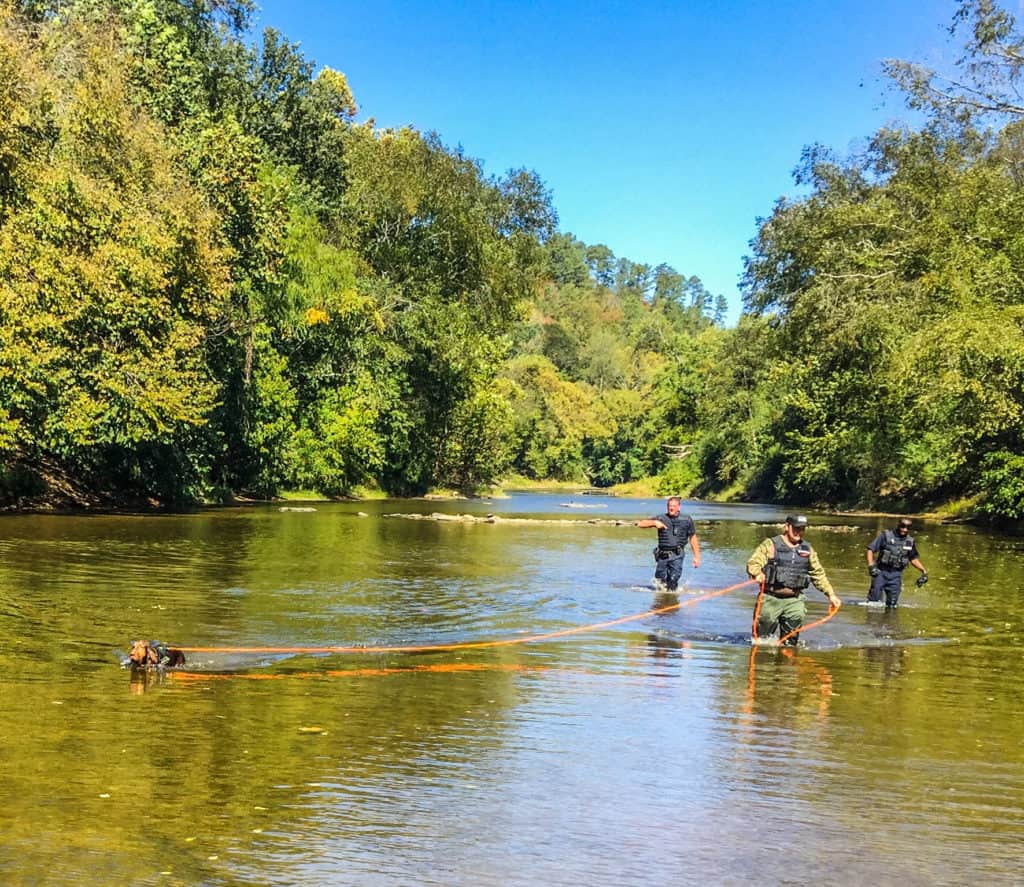
K9 teams that perform trailing can also benefit from scenario-based training exercises. Again, these scenarios are established to give the handler the idea they are involved in a lifelike scenario. Unlike other training and certification programs that take place in a large grassy area where the handler is presented with a flag that marks the beginning of the trail, scenario-based training and certification may mimic a suspect jumping and running from a vehicle that contains other occupants. These scenarios can also mimic missing children and Alzheimer’s patients. Handlers can be tasked with locating suspects involved in a home invasion or finding and then dealing with a suicidal subject that is hidden. Why should a certification judge tell the handler where to start the trail? Shouldn’t the dog have to determine the start and direction of the trail? What happens when the dog is actively working a trail and encounters bystanders standing on or near the path where the suspect fled? Why should the handler know the length of the trail or how many turns and terrain changes will occur prior to starting? How does the team do when trailing criminal suspects in a busy city environment?
Scenario-based Police K9 Training for Patrol
Patrol teams can also see various benefits from scenario-based patrol training and certification. Even though many teams conduct patrol training and certification on a large grassy field, many encounters in real life take place in far more demanding environments. Scenario-based patrol training should take place in these same demanding field environments. How does your patrol dog perform when apprehending a passive suspect at the end of a three mile, high-speed chase? Will your dog enter a small, dark room to apprehend a suspect firing a pistol? How does the team handle a situation where there is no legal justification for a bite? Unfortunately, our current system for training and certifying K9 teams leaves much to be desired. It is difficult to determine whether or not K9 teams are efficient in conducting building searches by testing their abilities to locate a human hiding within one of six white wooden boxes in a trial field. In many certification trials, the judge or steward will tell the handler when to recall a dog that is pursuing a suspect. Shouldn’t the handler be required to make the decision to recall a dog, based on the situation presented to him?
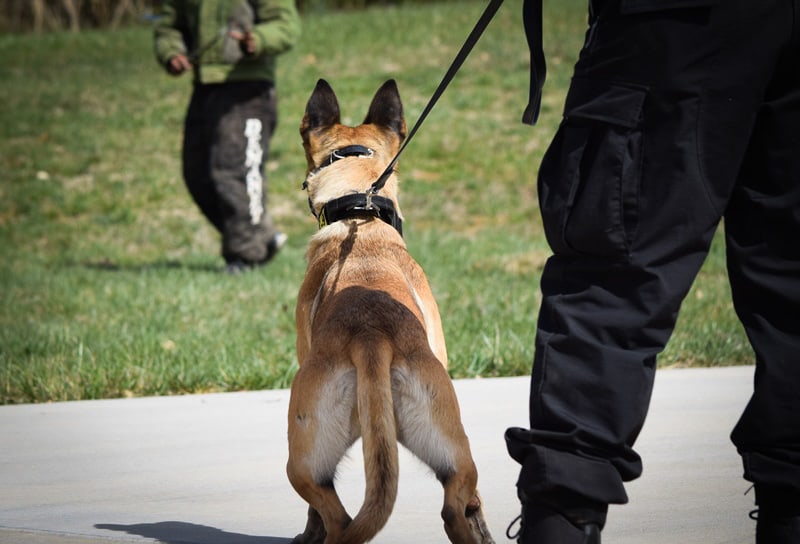
Opponents of Scenario-based Police K9 Training
For years, we have offered scenario-based training and certification for new and existing teams through handler courses and seminars. Often, we have handlers object to this type of training for one reason or another. Typically, handlers state that this type of certification is too challenging because “You can’t train for it” and complain that “We can’t simply be given limited information and be expected to respond to a situation with our dogs and get graded on it!” My response to these positions is always the same. First of all, you cannot train for scenario-based certification because the scenarios presented by the evaluator are constantly changing and are never the same. As a result, you must PREPARE for these situations through training to ensure that you and your dog will respond appropriately, regardless of the situation that you are presented with. In regards to the second complaint, my position is:
“Isn’t this what you do in the field every day?”
Stagnant and predicable certification standards create the potential to develop K9 teams that focus on complacent and unoriginal training in order to ensure dog teams can meet the minimum certification standards that are offered in the industry today. By expanding our training programs to include more scenario-based training we create more awareness and increase the levels at which teams perform.
More importantly, scenario-based training, when designed and executed correctly, creates dog teams that can perform more safely in the field and teams which are more secure and confident in their K9 deployments.

